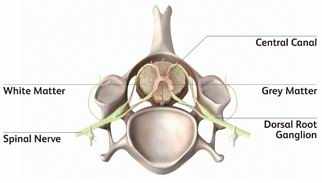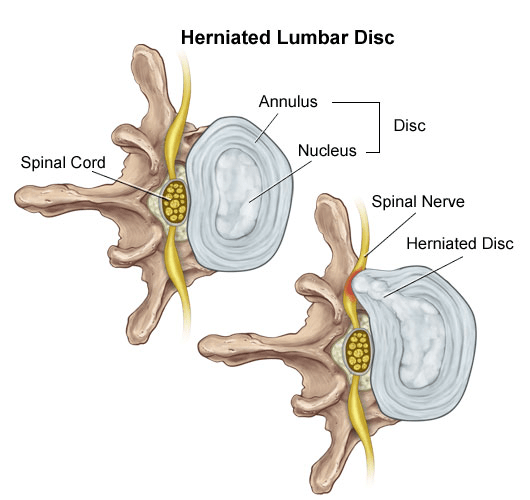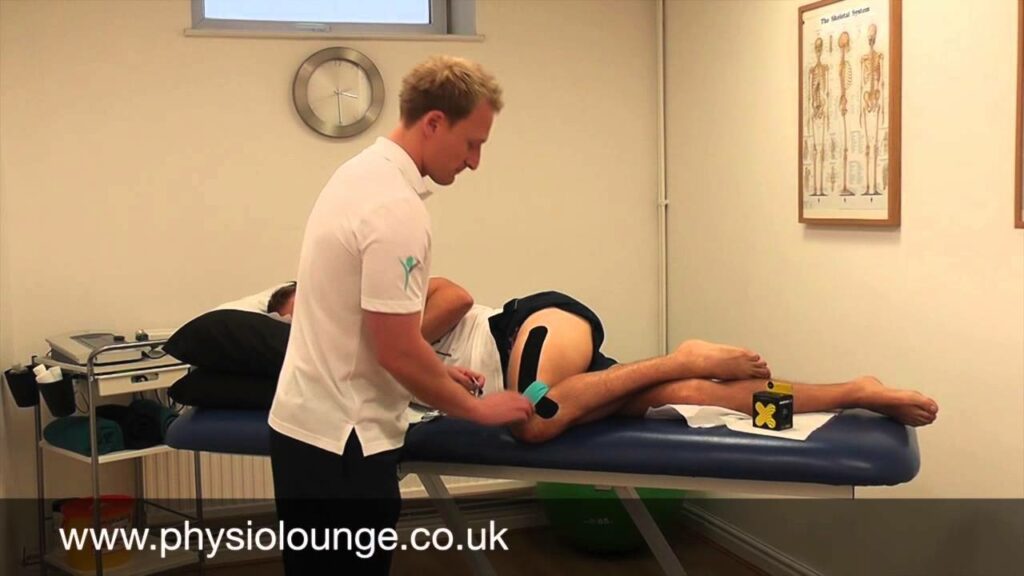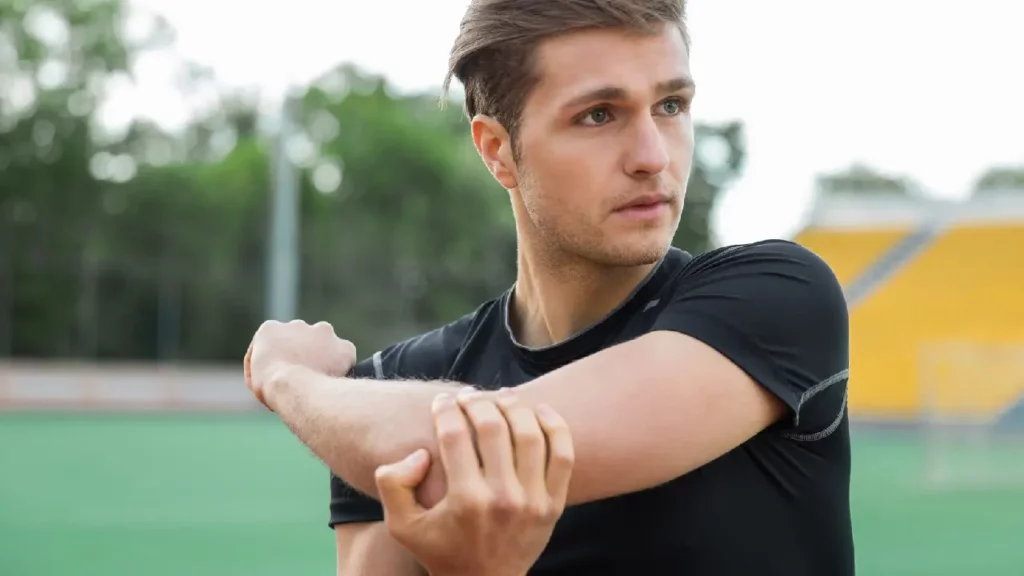I’m guessing you know the short answer, I’m also guessing you’d like a little bit more than the short answer! Well then here we go…
80% of us will suffer from back pain at some point in our lives… that’s a lot of sore backs! It’s a lot of reasons to miss work too. It’s estimated that time off with back pain costs the economy £3.8 billion in any one year. However, with the right advice you can limit and potentially prevent back pain.
We must note that ‘back pain’ is a very general term! It certainly isn’t a diagnosis. As such, for the purpose of this blog, we’re going to assume that we’re talking about things like bulging discs, muscle spasm, ligament sprains and mechanical low back pain. As opposed to any serious medical causes of back pain like kidney problems, infections, tumours. There are certain medical conditions that cause back pain which physio is useful for like rheumatoid arthritis and ankylosing spondylitis.
Given the fact that there are so many causes of back pain we would always recommend that you see a good physiotherapist or GP who can assess and diagnose the cause and therefore point you in the right direction with regard to treatment.
So… what causes back pain? Broadly speaking there are two categories to consider here; sudden and sustained. Sudden onset will usually be as result of trauma, a fall, poor lifting technique or heavy contact of some sort.
Sustained loading is another cause. The list is endless! Primarily in this day and age posture has a huge role to play, particularly given the fact that 80% of us are sat at a desk for most of our lives! We also see factors like over use due to exercise regimes. Don’t get me wrong, we like exercise here at The Physio Lounge, however, bad technique we hate!
It’s the same for lifting. Repetitive poor lifting technique, even with low load, over time will cause damage.
Lower Back Anatomy
The lumbar spine, or lower back is comprised of five vertebrae (bones), in between which sit the intervertebral discs. Surrounding the vertebrae are the ligaments that prevent excessive movement, and the muscles which move and more importantly support the lower back. The spinal cord trails through the middle of the spine and out of each spinal level, where individual nerve roots exit to supply sensation and trigger movement in muscles.


Common Lower Back Pain Causes
Muscle Strains
Overloading the muscles in the back is a common reason for low back pain. Poor lifting technique, poor posture and muscle fatigue are all common causes. If the muscle tissue does not support the spine properly this can in turn lead to problems with the joints or discs of the spine.
Ligament Sprains
Ligaments are the tissue that, simply put, restrict excessive movement around joints. Ligaments become damaged when excessive load and stretch cause tearing and subsequent bleeding. This can cause swelling and pain.
Common causes are sports injuries or motor vehicle accidents.
Bulging Discs
Sometimes referred to as “slipped discs”, a bulging disc is an injury fairly common in the low back. Spinal discs are fibro-cartilagenous structures that sit between the vertebral bodies. They act as shock absorbers.

As you can see the disc can bulge and press on the nerve tissue exiting the spine. This can cause pain, weakness and altered sensation down the leg known as sciatica. Sciatica is a symptom, not a diagnosis.
Poor Posture
Posture related back pain is very common as a result of modern day working life amongst other things. Constant poor posture places excessive load through the various structures of the spine and over time cause them to break down.
TREATMENT
When treating any musculoskeletal injury, early diagnosis is essential in order to implement the most effective management plan. Occasionally the problem may require further investigation and imaging before you attempt to treat it.
However here are some basic rules to follow.
Early Phase – Pain relief and protection
There are numerous ways that physiotherapy can help with pain relief early on. Acupuncture, gentle manual therapy and soft tissue massage can all help to reduce pain. Some gentle muscle activation and mobility exercises will be helpful to protect the spine and prevent any deterioration.
Heat application is often useful to reduce muscle spasm and TENS machines can also assist in the reduction of pain symptoms.
In some cases it may be necessary to use medication that your GP can prescribe. This may be an analgesic like co-codamoal, a non-steroidal anti-inflammatory drug like ibuprofen, a muscle relaxant like diazepam, a nerve pain reliever like amitriptyline or a combination of any or all the above.
Mid Phase – Improving movement and strength
As the pain gradually settles it is important to start to gently increase your movement. Manual therapy and exercises to mobilise the spine and surrounding joints are useful. Soft tissue massage and trigger point release can help to reduce the restrictions that develop in the lower back, subsequently improving range of movement. Acupuncture can also help to relieve muscle spasm and improve local blood flow which contributes to tissue healing.
At this stage you can begin to implement strength exercises, focusing on improving stability around the lower back and pelvis. Focus should be on the deep abdominals, gluteals and the muscles at the back of your pelvis and spine known as the posterior chain.
Late Phase – Return to function and prevention of recurrence
During this phase you can focus on rehabilitation that is directly associated with the activities you want to return to. Whether that’s getting through the housework or tackling an 18 stone prop forward. Your physio can give you a graded program of rehab exercises to strengthen and mobilise the relevant muscles and joints to best prepare you for the task ahead.
One of the main jobs we perform as physio is to prevent recurrence of injury. It doesn’t really look great for us if people keep re-injuring! Therefore a self-management plan should be discussed to allow you to identify when your back needs mobilising with mobility tools or you simply need to avoid certain activities during a flare up.
Below is a video of basic low back strength, control and mobility exercises which you can try. So remember… look after your back… keep moving… and do your rehab!
For more information on how physiotherapy can help with a lower back or for a free telephone consultation or book an assessment.


